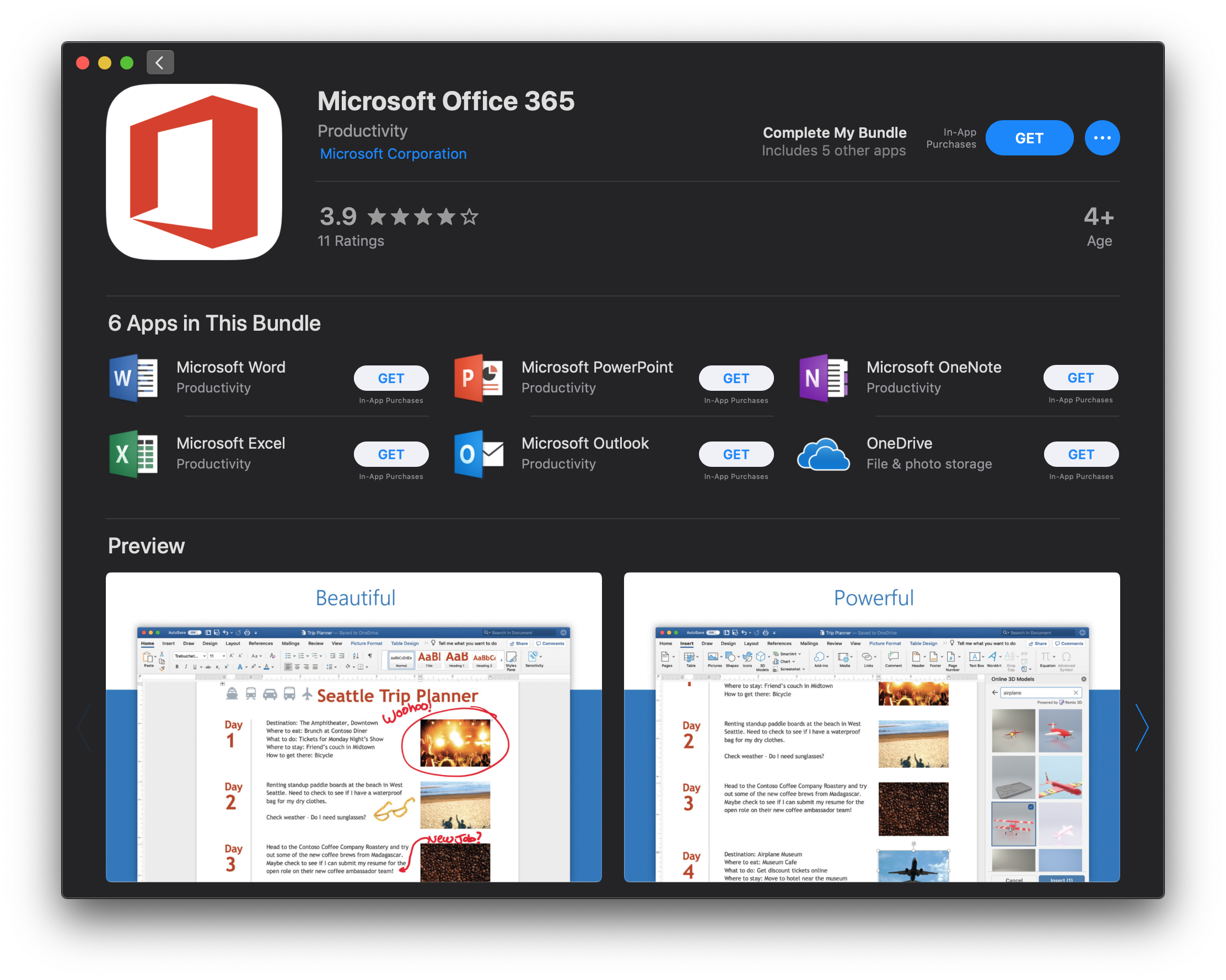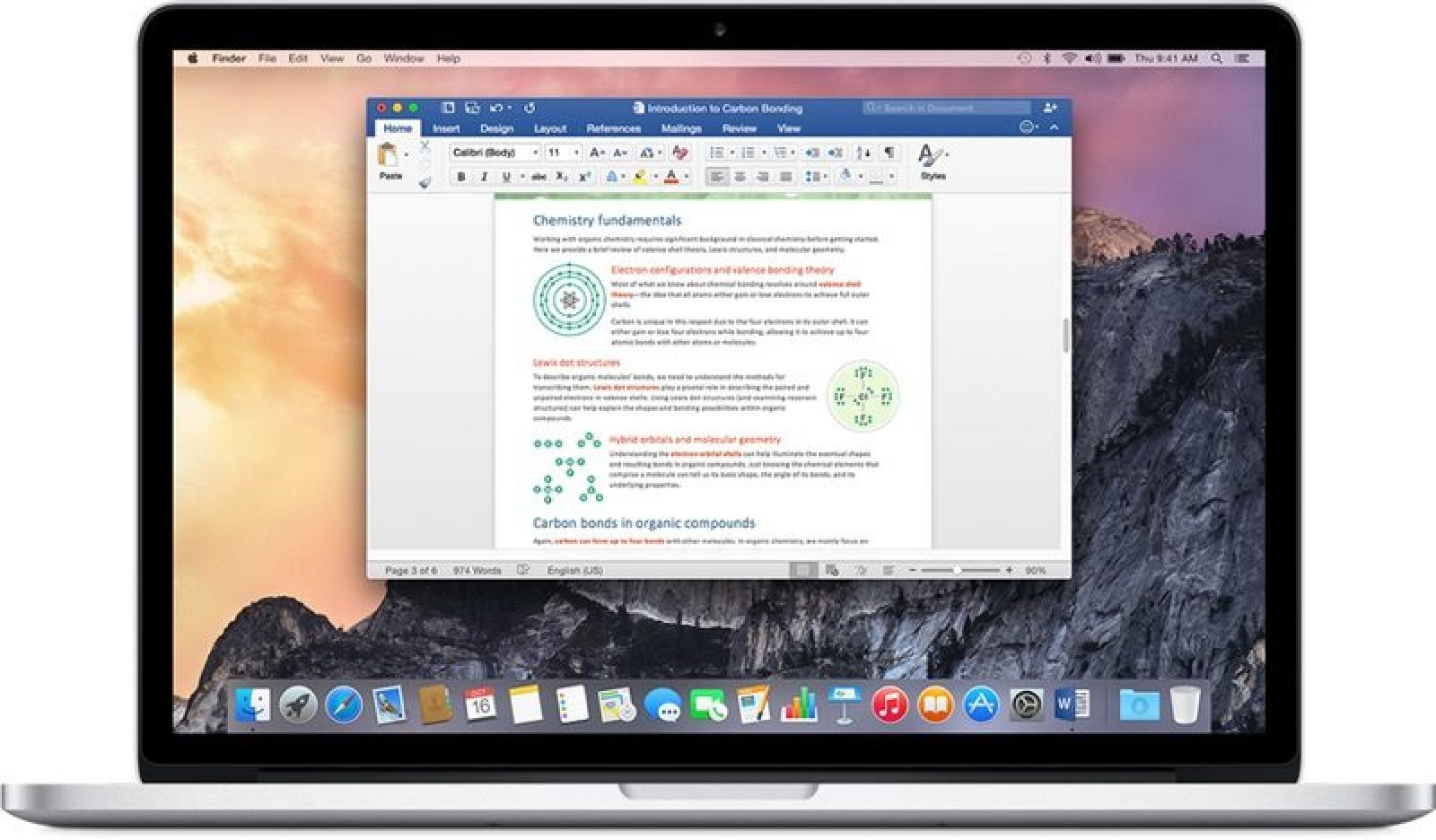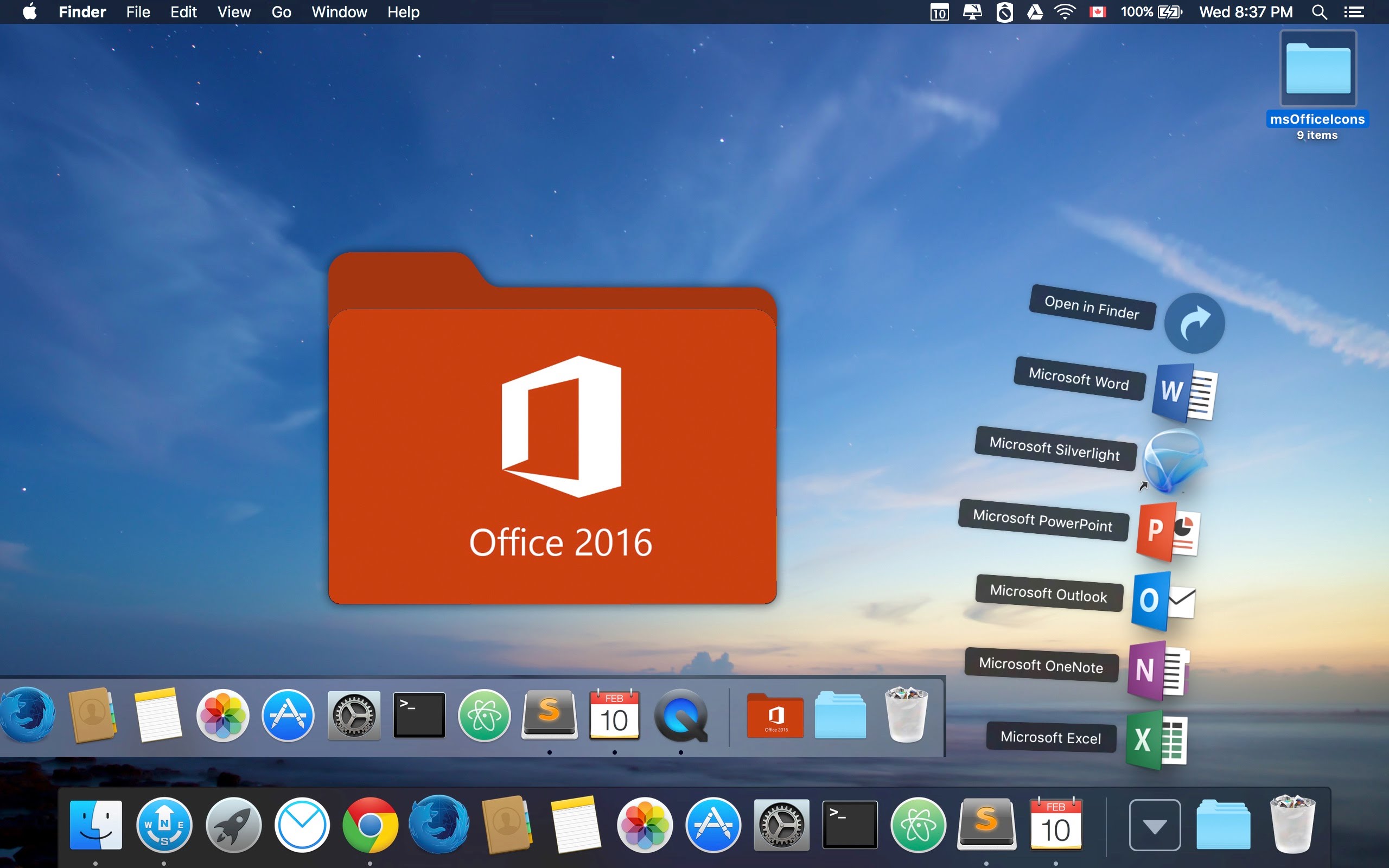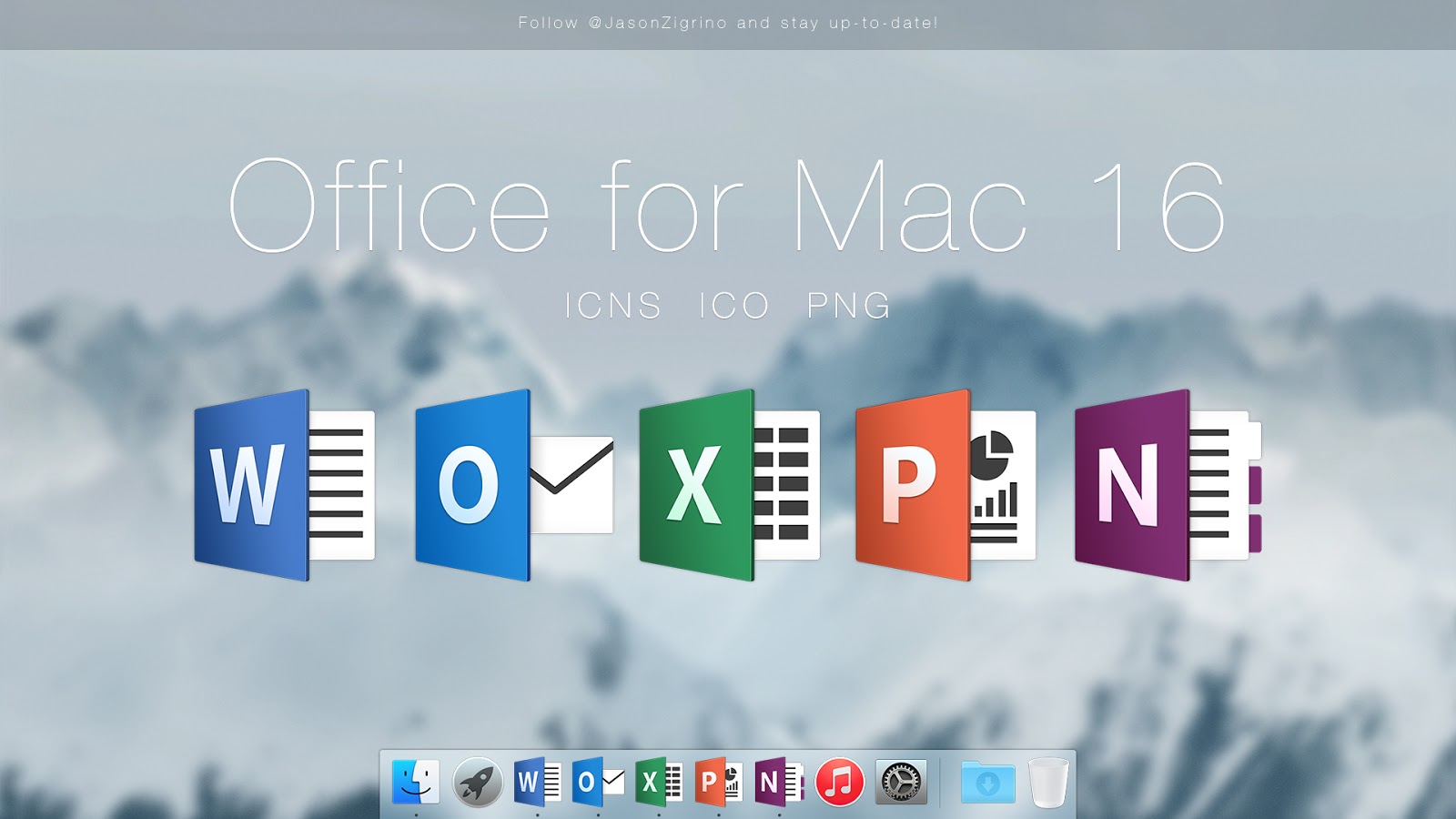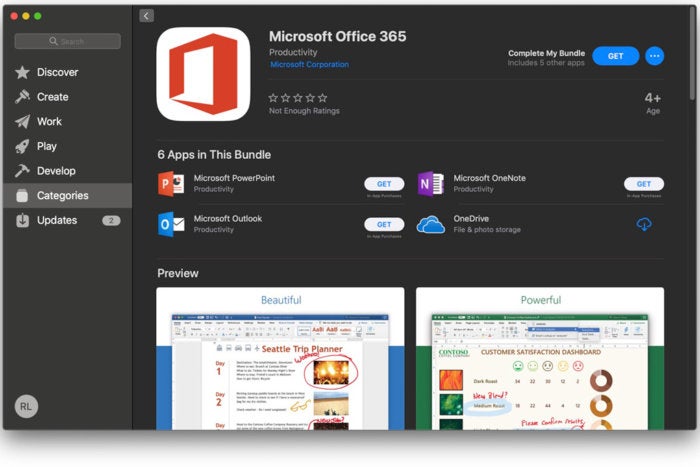Microsoft Office For Macbook Pro 2020

Apple's 2020 MacBook Pro, powered by the M1 chip, brought significant performance and efficiency improvements. A key consideration for many users migrating to this new architecture was the compatibility and performance of essential software, particularly Microsoft Office. Ensuring seamless operation of Word, Excel, PowerPoint, and Outlook on the new hardware was crucial for professionals and students alike.
This article examines the compatibility and performance of Microsoft Office on the 2020 MacBook Pro, highlighting its significance for users transitioning to Apple Silicon. We will explore the evolution of Office support, from early compatibility challenges to optimized versions designed specifically for the M1 chip.
Early Compatibility and Rosetta 2
Initially, Microsoft Office applications were not natively compiled for the M1 chip. This meant that the software relied on Rosetta 2, Apple's translation layer, to run x86_64-based applications on the ARM-based architecture. While Rosetta 2 enabled functionality, it introduced a performance overhead.
Users reported varying degrees of performance depending on the specific application and the complexity of the tasks being performed. Simple document editing in Word often felt responsive, but large spreadsheets in Excel or complex presentations in PowerPoint could experience lag or delays.
Native Apple Silicon Support
Recognizing the importance of native support, Microsoft released a version of Office optimized for Apple Silicon in early 2021. This update eliminated the need for Rosetta 2, resulting in significant performance gains and improved battery life.
Microsoft stated that the native versions of Word, Excel, PowerPoint, Outlook, and OneNote were designed to take full advantage of the M1 chip's capabilities. This included leveraging the chip's Neural Engine for features like intelligent background blur in Teams meetings.
Performance Improvements
The transition to native Apple Silicon support resulted in a noticeable performance boost across the Office suite. Applications launched faster, and complex tasks were completed more quickly.
Independent benchmarks and user reviews corroborated Microsoft's claims, highlighting improved responsiveness and reduced power consumption. Many users noted that Excel, in particular, benefited from the optimization, allowing for smoother handling of large datasets.
User Experience and Integrations
Beyond performance, the native Office suite offered a more seamless user experience on the 2020 MacBook Pro. Integrations with macOS features, such as dark mode and iCloud, worked more reliably.
Outlook, a critical application for many professionals, also saw improvements in stability and responsiveness. The ability to manage multiple email accounts and calendars efficiently was enhanced by the optimized software.
"The native Microsoft Office apps on my M1 MacBook Pro are a game-changer. Everything feels faster and more responsive. I can finally work without any performance hiccups." - A user quoted on a tech forum.
Ongoing Updates and Support
Microsoft continues to release updates for Office on macOS, addressing bugs, improving performance, and adding new features. Regular updates ensure that the software remains compatible with the latest macOS versions and hardware innovations.
Users are encouraged to keep their Office applications up to date to benefit from these ongoing improvements and security patches. Microsoft provides various support channels, including online documentation, forums, and direct support, to assist users with any issues they may encounter.
In conclusion, Microsoft Office on the 2020 MacBook Pro with the M1 chip has evolved from relying on Rosetta 2 to offering native Apple Silicon support. This transition has resulted in significant performance improvements, enhanced user experience, and improved battery life. For users of the 2020 MacBook Pro, the optimized Office suite provides a robust and reliable productivity solution, ensuring a smooth and efficient workflow.

